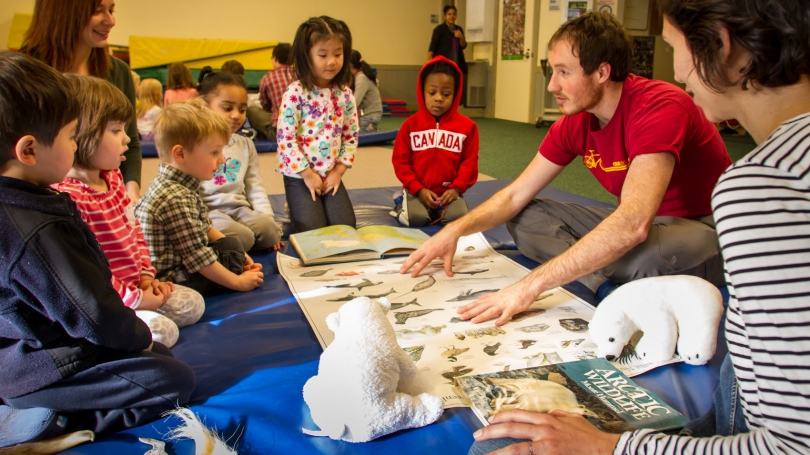
- About
- Programs
- Student Opportunities
- For Faculty
- News & Events
Back to Top Nav
Back to Top Nav
Back to Top Nav
Back to Top Nav
Back to Top Nav
Marcus Welker, PhD Student, Ecology and Evolutionary Biology
Marcus Welker studies salmon and how they find their way home. Salmon are born in rivers, migrate to the ocean or lakes, and return again years later to the place they were born with incredible precision.
Specifically, Marcus is measuring amino acids in rivers that are believed to give each river a unique chemical fingerprint that salmon learn as juveniles, remember as adults, and use to discriminate their home streams. Marcus wants to know if these chemical fingerprints are unique to ever river and if they are stable over time – the two criteria necessary for salmon to use them as a signal.
Additionally, Marcus is conducting an experiment in a hatchery to determine if salmon can learn amino acid patterns as juveniles and use these to remember patterns as adults to make decisions in a large fish-maze. While doing the experiment, Marcus is also measuring the genetics of amino acid sensing receptors in salmon noses – the sensory system believed to be critical for home stream selection.
Understanding how salmon find their way home is vital to protecting salmon and restoring their populations, therefore, Marcus works closely with the United States Fish and Wildlife Service to rapidly turn his science into action to help restore and protect Atlantic salmon in New England.